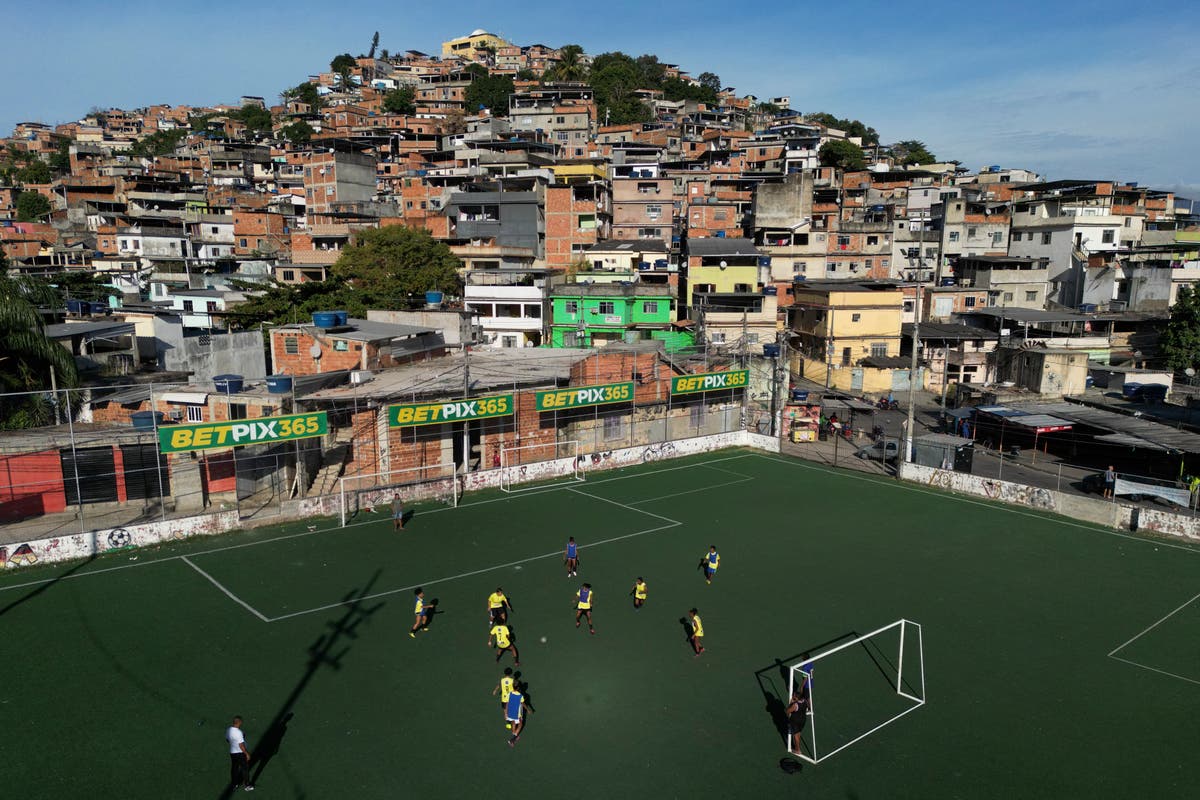
COLUMBIA, Mo. (KMIZ) Wednesday evening marked the final day of the Boone County Office of Emergency Management's three-day training course on how to respond to an active shooter. According to the press release from the Boone County OEM, the training session involved 60 participants from 15 Mid-Missouri agencies, including law enforcement, school security and emergency medical services.
The goal of the class was to prepare all response organizations to respond to an active shooter effectively. The training was provided by the National Center for Integrated Emergency Response and was paid for by the Boone County Commission. This is the second year the NCIEM worked with Boone County officials.
The event was previously organized by the University of Missouri. Typically, emergency response agencies train agents separately within each department, this event allowed cross-department interaction training. The course featured instructional technology that simulates an immersive, 3D environment to give participants a look a different types of threats.
"A lot of things are thrown at them so that they can learn incident management and manage these complex incidents if they are to happen in their community," Boone County OEM Director Chris Kelley said. Dispatchers and public information officers participated in the event, training for the full effects of an emergency scenario from the initial dispatch to the press conference following a scene. The most important variables that were judged: The time it took for first responders to reach and treat victims; and the time it took for victims to reach the hospital.
During the first simulation, it took around 8 minutes for officials to get to the victims and more than 20 minutes for victims to reach the hospital. During the last simulation, contact with victims was made in minutes with fire department officials starting the process of transporting victims before police even reached all of them. "These guys have, through working the process and doing the training, have rapidly increased their time to getting patients to higher levels of care," NCIEM Instructor Kevin Nichols said.
.














